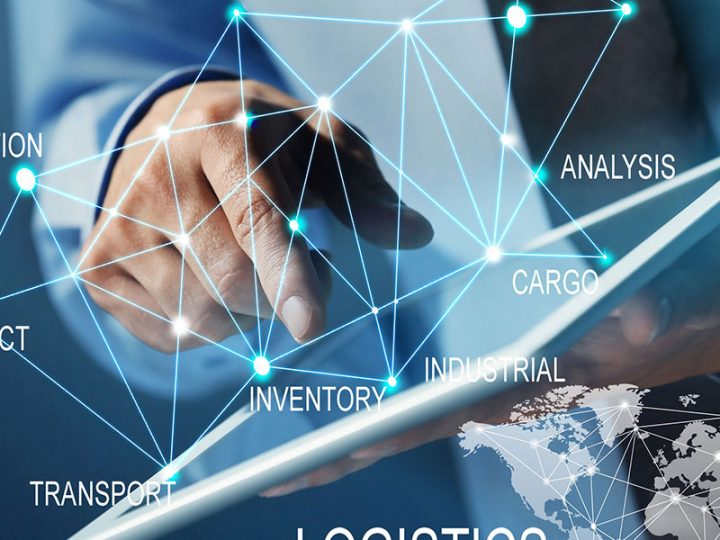What crucial trends are driving the industry?
Innovation has enhanced a great deal in this decade, Smartphone Technology and open stage programming applications are successful to the point that organizations and representatives experience difficulty envisioning a day without them. Building Systems also embraced the most recent innovation improvements and developed to the following period of business sector pattern and necessity.
We spend up to ninety percent of our life inside the structures; subsequently, we can’t discard the way that the building influences our physical and mental wellbeing. Low light triggers despondency, poor air quality causes the development and rearing of allergenic and aggravation substances, bringing on breathing issues, Security is a major concern and round the clock assurance is compulsory. Without giving up the solace of the detainees we have to diminish energy utilization and spare general working expense of the building.
SMART Buildings and Integrated Operational Buildings are the most recent Trend in Building frameworks industry helping the Facility Managers/Owners to accomplish their KPI’s with less asset and endeavors. Empowered by innovation, the savvy building associate the structure itself to the capacities it exists to satisfy, for example: connecting building frameworks, connecting individuals and innovation, connecting IT Infrastructure and analyzing data, correlating events, connecting to the worldwide environment, joining with the shrewd force lattice and rearranging vitality utility. General effect of the innovation will enhance our experience on the building with an equally enhanced life cycle and more noteworthy rate of return.
Centralized Operation and Integrated Management of the building helps spare time and cost for administrators and end clients. The Integrated Building Management System (IBMS) incorporates robotized tenets handling and activity reaction arrangement capacities to coordinate occasions reported from distinctive frameworks and empower clients to react to basic circumstances quickly, precisely and in consistence with built up operational approaches. Principles handling might incorporate capacities to relate, channel and organize occasions as per client determinations.
What market segments will experience the most growth and why?
TExtra Low Voltage/current (ELV) frameworks are constantly one of the unavoidable vital necessity of the development, however, because of current worldwide conditions, like higher energy expense and potential terrorism threats, we can predict development on systems which diminish energy consumption and arrangements which givecomplete security to the facility.
Energy management should be an integral piece of the building management system by keeping up the frameworks run time as well as gather/examine the framework information improving the profitability of the framework. Energy management module fusing’s most recent innovation ought to have abilities like:
- User configurable dashboards,
- Real time, recorded and computed information show,
- 20+ pre-set information perception outline library,
- Electricity, gas, water, BTU Billing,
- Time of day, utilization piece and level rate sort duties,
- Automated inhabitant billing and email,
- Consolidation of information from diverse sources, continuous information, ascertained information, physically entered information with ‘Rounds and Readings’ joined together, caters to distinctive partners crosswise over building administration lifecycle, allows information union at big business layer,
- Flexibility to merge data crosswise over portfolio and present in a bound together way.
- The perfect energy management module, along with building management systems, will help the investor with a faster recovery on his investment.
Integrated Security Management System is the primary issue of the large portion of investors considering the current worldwide circumstance on extended terrorism. The arrangement ought to incorporate different security frameworks into a solitary charge and control interface. By survey a solitary screen, security administrators ought to have the capacity to evaluate and relate data over their video, access, caution, radar and different frameworks. The arrangement ought to likewise coordinate work process administration to rearrange administrator reaction and guarantee execution of the right methodology if there should arise an occurrence of incident/event.
What are the key challenges?
One size doesn’t fit all, open shelve purchase of the systems will just satisfy the check list instead of helping true operation of the building. Each building will be having its own requirement. Architects / End users should consult industry experts for designing a solution that perfectly fits their requirement. Owners need to recognize that in addition to being GREEN their buildings should also be Intelligent (Smart, High Performance, Net Zero, Living Future). The heterogeneous and fragmented nature of the building technology industry and its associated service segments, warrants that various stakeholders be involved in any given project delivery process and influence the ultimate decision on technology adoption. Differences in the operational methods of these partners leads to delay in their implementation and often results in the selection of low-cost options that do not offer long-term benefits to the building owner. Stringent budgets and quicker payback frequently become the sole criteria for selecting a particular set of technology solutions. Typically, incorporation of building intelligence technology is either postponed indefinitely or not considered at all. Contractors, system integrators, and consulting spec engineers exert varying degrees of influence on the end-user’s decision making process.
The definition of a “SMART building” is a building that uses both technology and process to create an environment that is safe, healthy, and comfortable, and enables productivity and well-being for its occupants. An intelligent building provides timely, integrated system information for its owners so that they may make intelligent decisions regarding its operation and maintenance. An intelligent building has an implicit logic that effectively evolves with changing user requirements and technology, ensuring continued and improved intelligent operation, maintenance, and optimization. It exhibits key attributes of environmental sustainability to benefit present and future generations. As technology advances, and as information and communication expectations become more sophisticated, networking solutions both converge and automate these technologies to improve responsiveness, efficiency, and performance. To achieve this, an intelligent building combines data, voice, and video with security, heating, ventilation and air conditioning (HVAC), lighting, building controls, and other similar electronic controls on a single IP network platform that facilitates user management, space utilization, energy conservation, comfort, and systems improvement.




